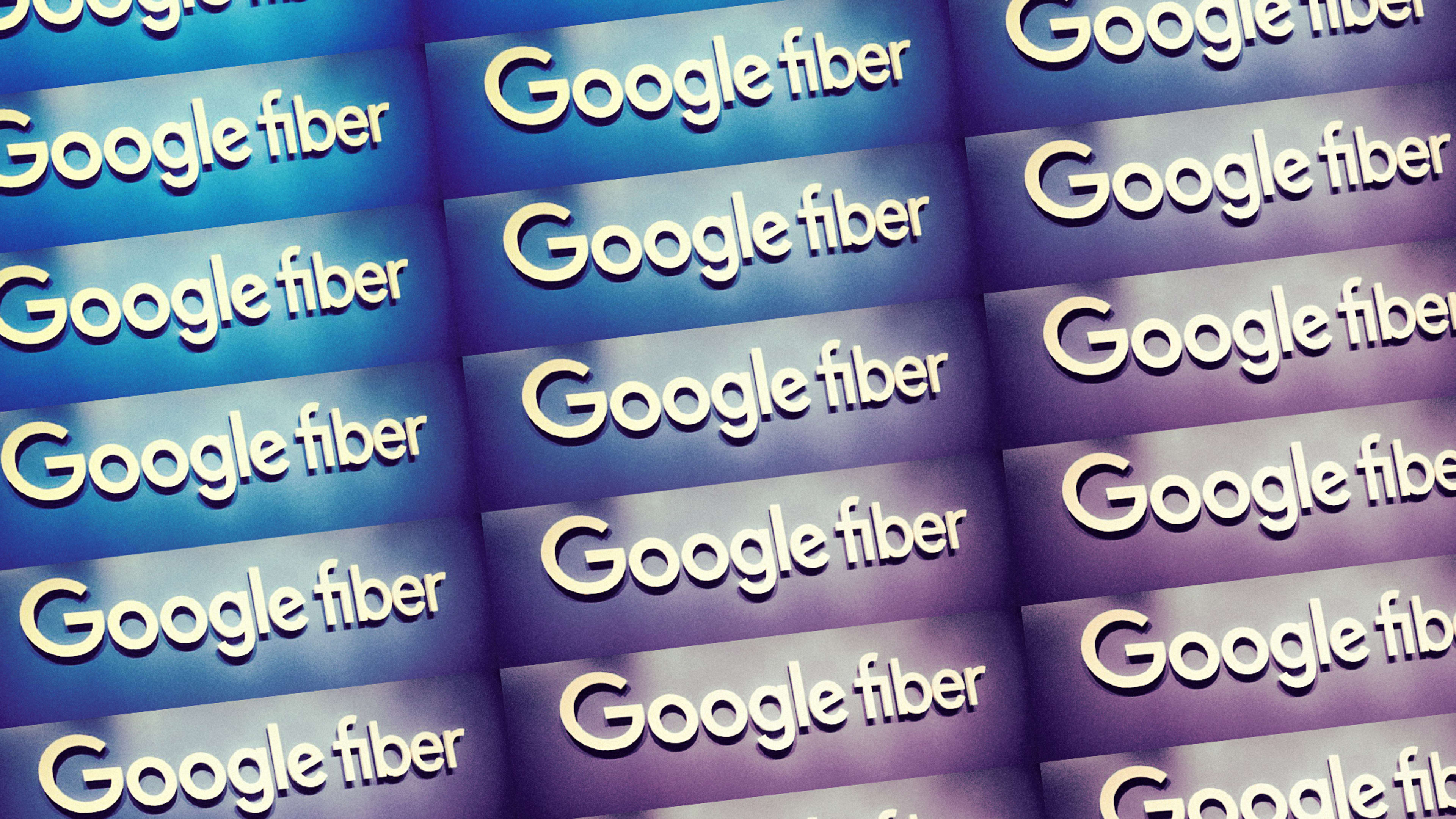Starting today, every family in a Kansas City townhouse community called West Bluff will have access to Google Fiber, the gigabit-speed Internet access that makes other flavors of broadband feel like a sluggish anachronism. And they’re getting it for free.
West Bluff’s 100 homes are part of a public housing development, and they’re getting $0 Fiber as part of Google’s commitment to bring Internet access to disadvantaged Americans, part of the ConnectHome initiative spearheaded by the U.S. Department of Housing and Urban Development. Google Fiber has plans to offer its free service to 1,300 such households in Kansas City, and says it will also extend it to affordable housing developments in the other cities that are lucky enough to have Fiber. (It’s currently available in Kansas City, Austin, and Provo, Utah, with six other cities on the way and more under consideration.)
“More and more, tech-savvy brain power is the new currency of success,” says HUD secretary Julián Castro, who will be on hand at West Bluff for the ceremonial rollout. “We don’t have a single person to waste. We need to make sure that young folks of modest means also have to the tools they need to succeed in the 21st-century global economy.”
Without initiatives such as ConnectHome, poorer Americans’ access to the Internet is iffy in multiple ways. Castro told me that more than half of low-income households don’t have broadband. A new study by Sesame Workshop’s Joan Ganz Cooney Center and Rutgers University reports that low-income parents in such households often have poor quality Internet and face service disruptions when they can’t pay. Moreover, when low-cost broadband is available, they often don’t take advantage of it.
For middle- and high-income consumers who can easily afford Google Fiber, it’s a huge hit: Penetration is 75% for such households in areas where service is available. At West Bluff, Google Fiber took pains to make getting online as easy as possible. It installed a Wi-Fi-enabled Internet box in each home, allowing residents to use PCs, tablets, and smartphones. The first time they connect, they get a sign-up page that lets them sign up for service, in the same form that’s provided to paying customers.
“It removes some of the friction of signing up and then waiting for a home install,” says Erica Swanson, head of community impact for Google Fiber. “We wanted the new experience to be optimized for people getting online for the first time.”
Gigabit Internet isn’t of much use to people who don’t have devices that can make use of it, and while Internet-enabled phones are commonplace in low-income households, it’s not a given that everyone has a PC or other bigger-screen device suitable for schoolwork and other educational activities of the sort that this initiative is designed to encourage. So Google Fiber is working with local partners in Kansas City such as Surplus Exchange to make refurbished PCs and other devices available at affordable prices. It’s also partnering to conduct digital-literacy programs aimed at people who may have had less exposure to the Internet than the average American.
For now, West Bluff stands alone as the best-connected public-housing development in America. But the whole point of ConnectHome is to make such communities having high-quality Internet access utterly commonplace. With Google Fiber’s plan to reach 1,300 homes, “we’re talking about a timeline in Kansas City of 4-6 months,” says Castro. “For ConnectHome in general, in 28 communities, they’ve all held their initial convening, putting together a blueprint to connect public housing communities. We’ll see more of them connected in the next few months.”
Recognize your brand’s excellence by applying to this year’s Brands That Matter Awards before the early-rate deadline, May 3.
